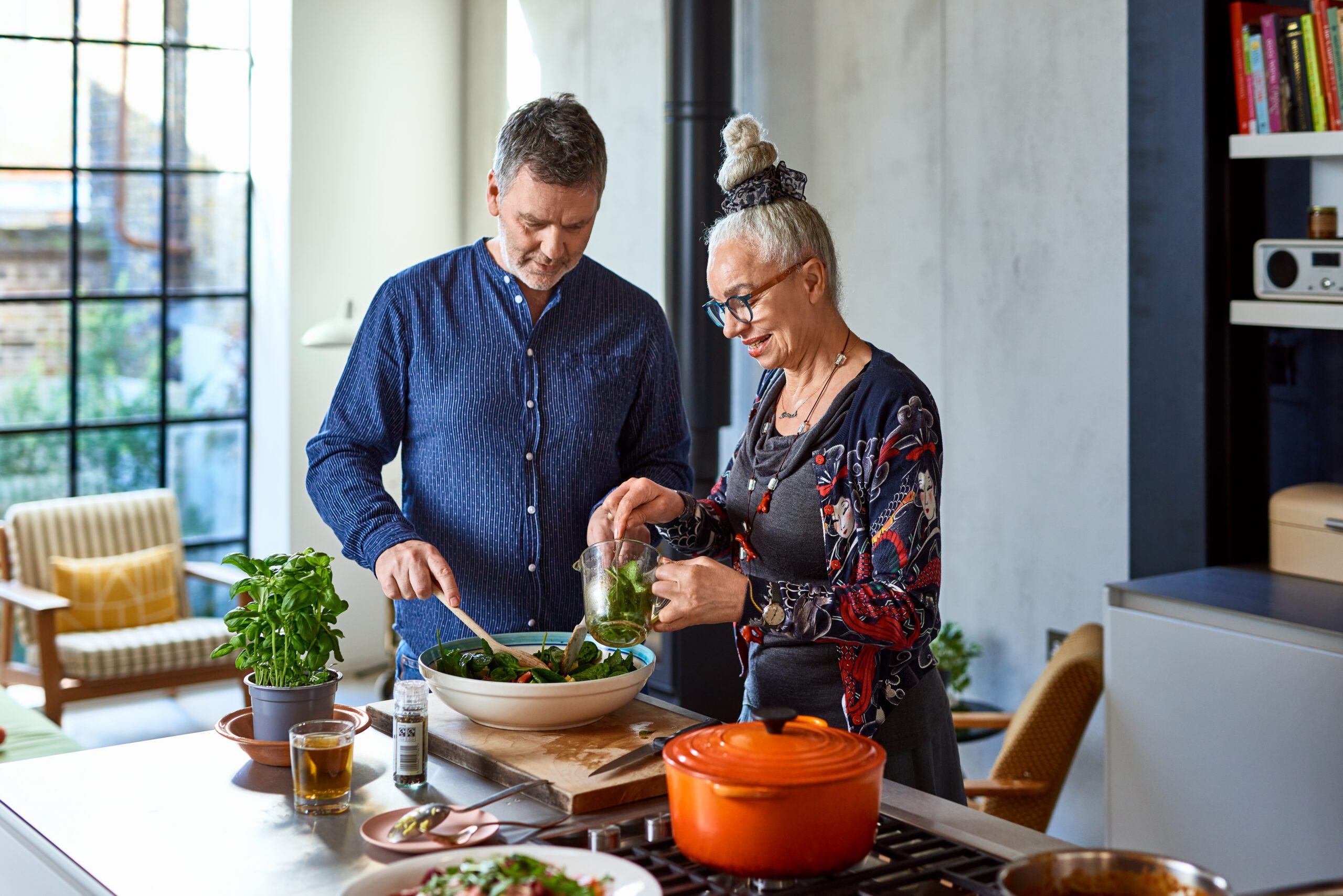
Every year, 800,000 Americans have a stroke, according to the Centers for Disease Control and Prevention (CDC). Sadly, about 150,000 of these individuals die, and many more are left with serious disabilities. These stats are alarming – but you can help prevent strokes and limit their damage. Here’s what you need to know to save lives.
The Basics
Strokes are sometimes called “brain attacks.” They happen when the blood supply to your brain is blocked or a blood vessel in your brain bursts. Strokes kill your brain’s tissue, which can lead to brain damage, disability and death.
Fast action is key.
During a stroke, fast medical attention makes all the difference. According to the CDC, those who get to the hospital – and get treatment – within the first three hours of showing symptoms face the best odds. After three hours pass, many common treatments are no longer effective and the chances of long-term disability are higher. So it’s important to call 911 the moment you notice any stroke symptoms.
Look for these symptoms and signs.
To notice a stroke during these key early moments, you have to know the common signs and symptoms. Be on the lookout for any of these:
- Sudden numbness or weakness in the face, arm, leg or – especially – on one side of the body.
- Sudden confusion, difficulty speaking or trouble understanding speech.
- Sudden trouble seeing, either in one or both eyes.
- Sudden difficulty walking, dizziness, lack of coordination or loss of balance.
- Sudden intense headache.
What you need to do.
If you think someone’s having a stroke, do this immediately – act F.A.S.T.:
F – Face: Ask the person to smile. Does one side of their face droop?
A – Arms: Ask them to lift both arms. Does one arm drift downward?
S – Speech: Ask them to repeat a few words. Does their speech slur or sound strange?
T – Time: If the answer to any of the above questions is “yes,” you don’t have much time. Call 911 immediately.
If you think you are having a stroke, call 911 immediately or have someone call for you. Also – whether it’s you or someone else showing these symptoms, note the time when they first appear. This will help doctors figure out the best course of treatment.
Let the ambulance take you (or the person having the stroke) to the hospital. Do not drive yourself. The healthcare providers aboard the ambulancecan begin lifesaving treatment immediately, even before getting to the hospital.
Prevent strokes before they happen.
Finally, here’s a note about preventing strokes. Although some risk factors are beyond your control, there are many things you can do to help lower your risk of strokes. According to the CDC, these include:
- Eating a healthy, balanced diet low in sodium.
- Getting enough physical activity.
- Maintaining a healthy weight.
- Keeping your cholesterol in check.
- Not smoking.*
- Limiting the amount of alcohol you drink.
Perhaps most important is keeping your blood pressure under control. If you have high blood pressure – or are worried about getting it – ask your doctor what you can do to lower your risk of stroke. And visit our webpage for more resources, tools and tips to help manage your blood pressure.
You have the power to make strokes less scary. Encourage yourself and others to live a healthier lifestyle. And know the common symptoms of strokes – and how to act F.A.S.T. when you see them. Together we can strike back against strokes and limit the damage they cause.
Interested in learning more? Check out these links:
- Find more information about recovering from a stroke in this article from Memorial Health System.
- In this link, read about one man’s journey through stroke and recovery – and what Carle Health wants you to know about stroke awareness.
- Learn more about recognizing the signs of a stroke in these articles from Reid Health and Virginia Mason Health System.
- Watch Riverside Healthcare’s short video about stroke awareness, and Confluence Health’s video about risk factors.
*If your health plan includes Quit For Life®, visit QuitNow.net for personalized help to end your tobacco use.

